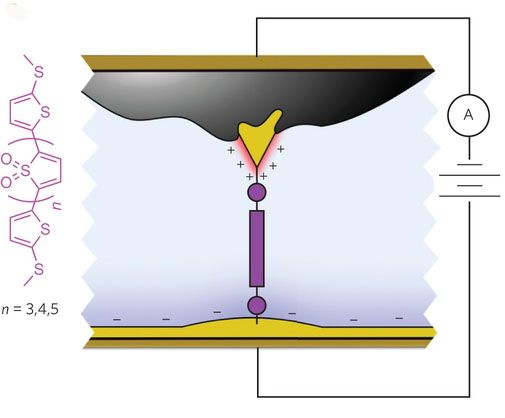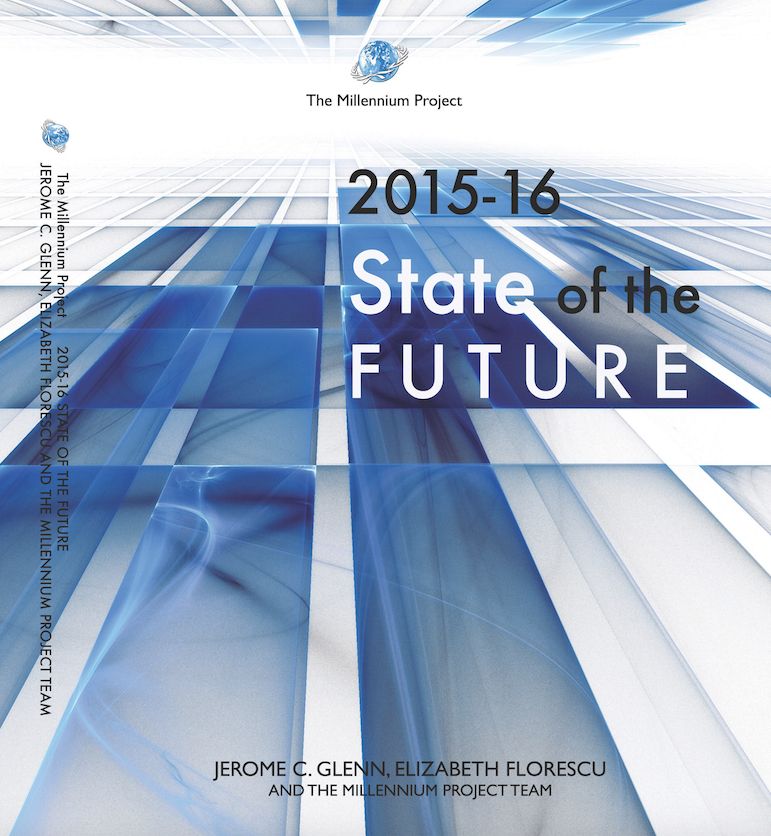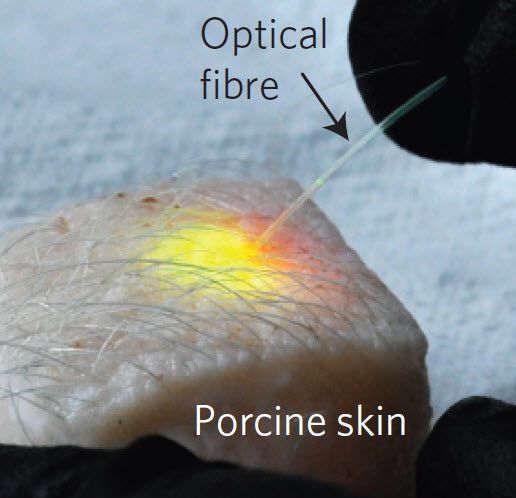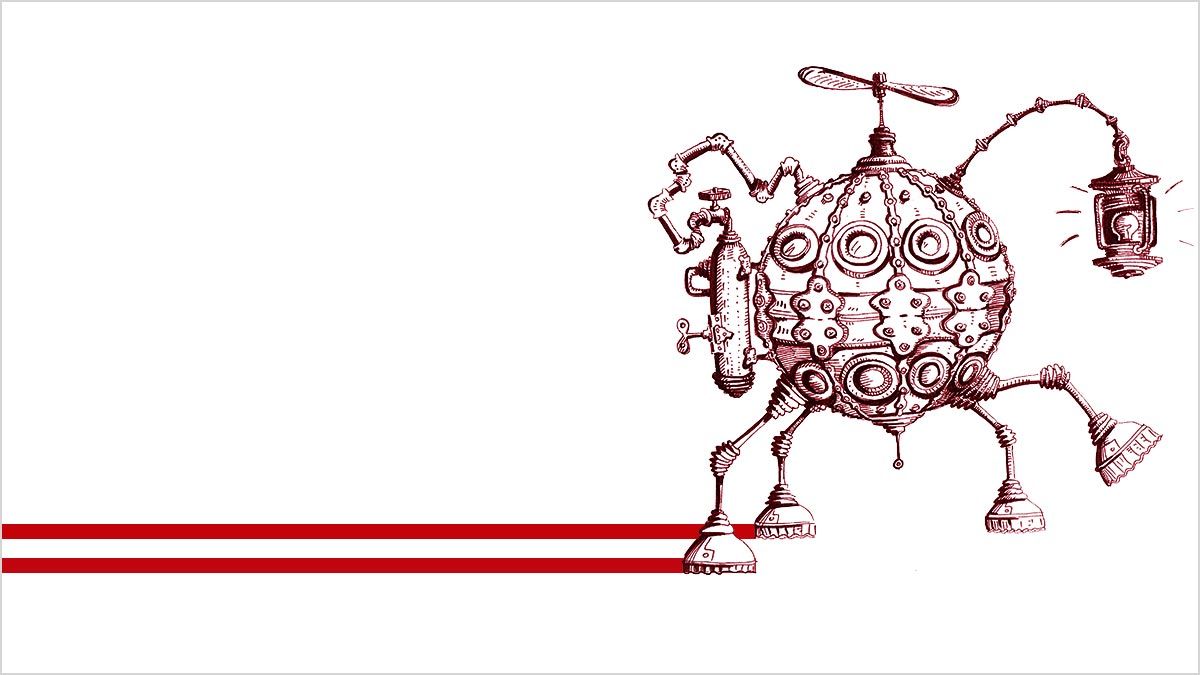Aug 4, 2015
A high-performance single-molecule diode
Posted by Sean Brazell in categories: computing, nanotechnology
Researchers from Berkeley Lab and Columbia University have created the world’s highest-performance single-molecule diode, using a combination of gold electrodes (yellow) and a “TDO” molecule (purple, with molecular structure on the left) in propylene carbonate, an ionic solution (light blue). The circuit symbols on the right represent a battery and an ammeter (A) to measure current flow. (credit: Brian Capozzi et al./Nature Nanotechnology)
A team of researchers from Berkeley Lab and Columbia University has created “the world’s highest-performance single-molecule diode,” using a combination of gold electrodes and an ionic solution.
The diode’s rectification ratio (ratio of forward to reverse current at fixed voltage) is in excess of 200, “a record for single-molecule devices,” says Jeff Neaton, Director of the Molecular Foundry, a senior faculty scientist with Berkeley Lab’s Materials Sciences Division and the Department of Physics at the University of California Berkeley and a member of the Kavli Energy Nanoscience Institute at Berkeley (Kavli ENSI).


















